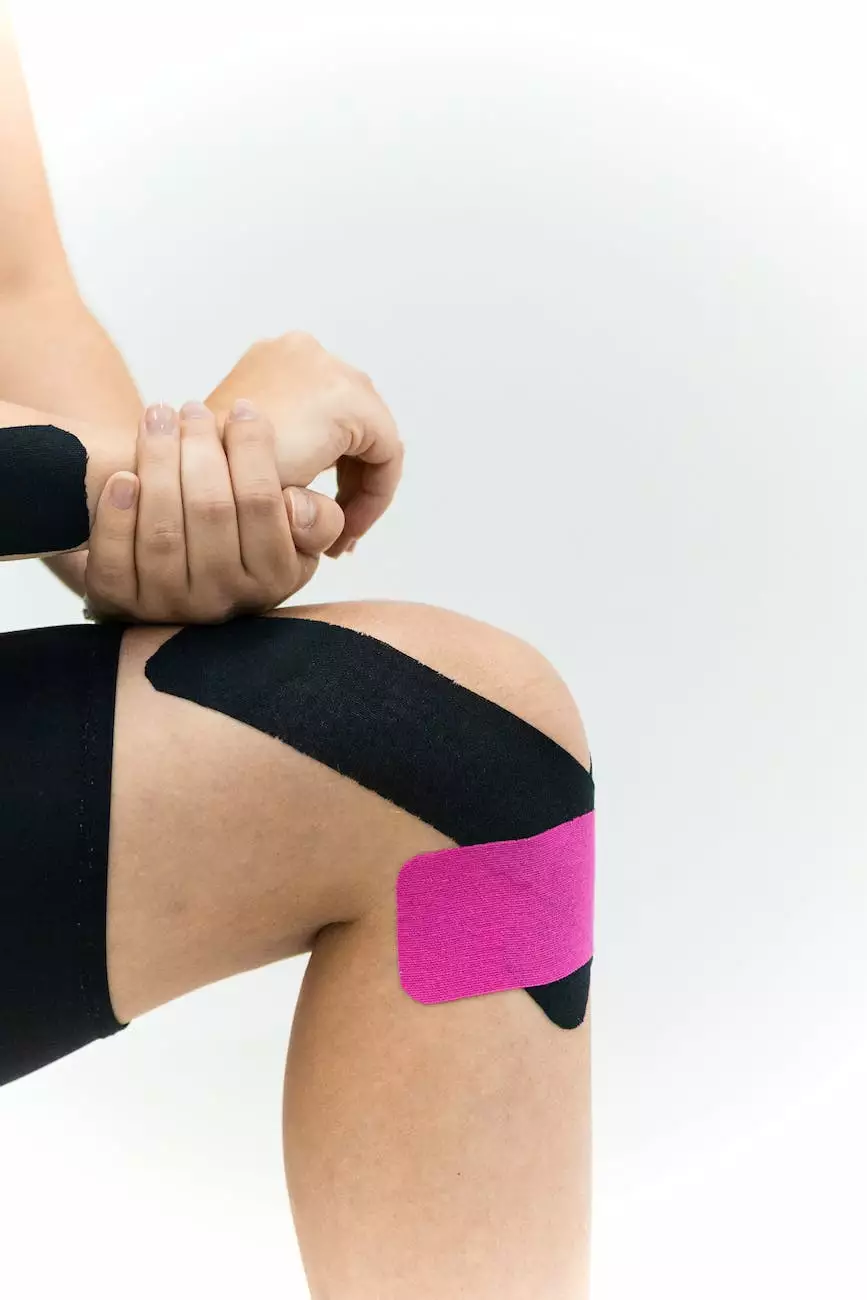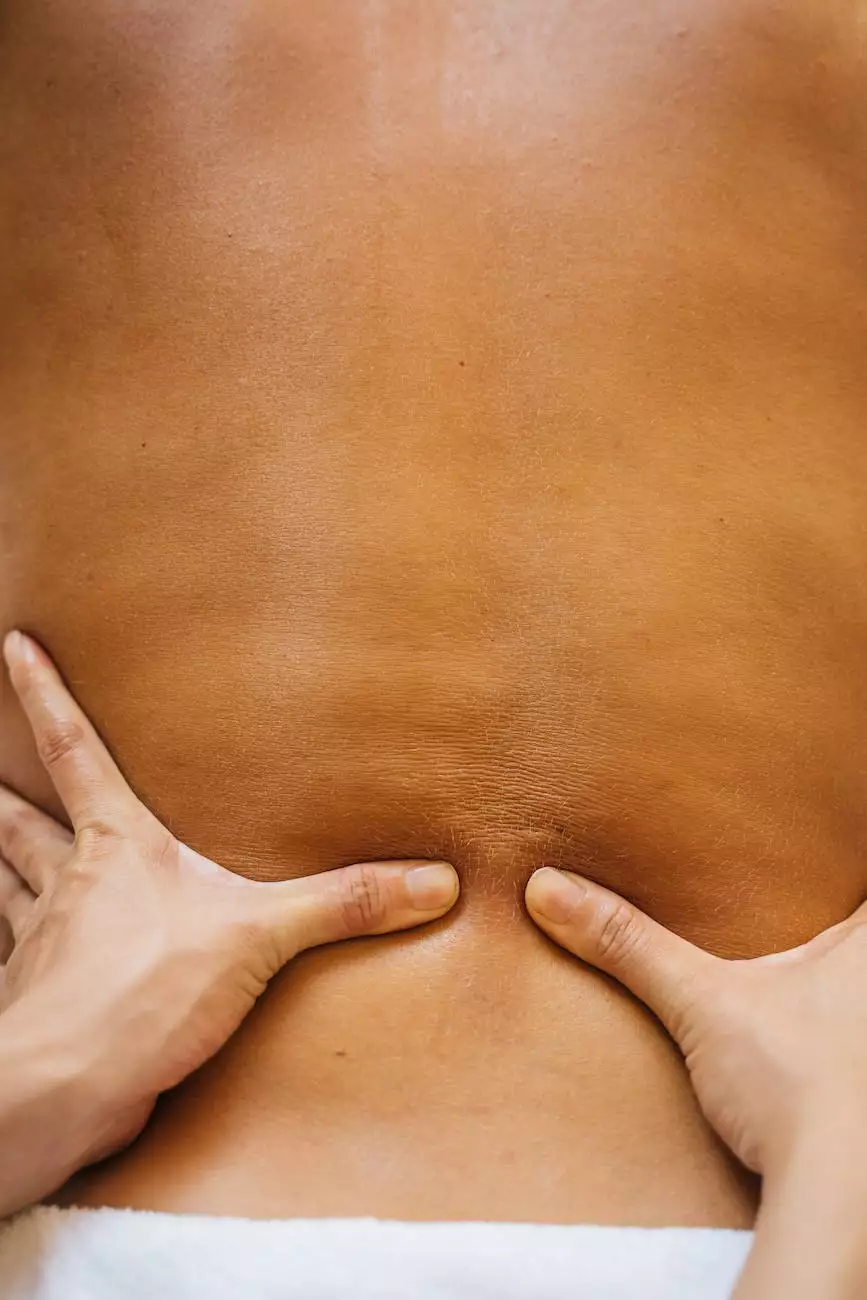Seroma: Pictures, Causes, Symptoms, Treatments, and More
Services
What is a Seroma?
A seroma is a pocket of clear serous fluid that can develop under the skin after surgery, trauma, or as a result of various medical conditions. It forms when blood or lymphatic fluid accumulates in a space left behind after tissue or lymph node removal. Seromas can occur in different parts of the body, and their size and severity may vary.
Causes of Seroma Formation
Seromas typically develop as a result of surgical procedures, especially those involving incisions or tissue removal. Common causes of seroma formation include:
- Postoperative fluid accumulation
- Trauma to underlying tissues
- Damage to lymphatic vessels
- Infection
- Prolonged use of surgical drains
- Obesity
- Excessive physical activity after surgery
Symptoms of Seroma
The symptoms of seroma may vary depending on the location and size of the fluid pocket. Common symptoms include:
- Visible swelling or bulging under the skin
- Tenderness or pain in the affected area
- Redness or warmth around the seroma
- Pressure or discomfort
- Restricted movement or mobility
Diagnosis and Treatment
If you suspect a seroma, it is important to consult with a medical professional like Benjamin Shettell, MD for a proper diagnosis and appropriate treatment. Diagnostic procedures may include:
- Physical examination and medical history review
- Imaging tests such as ultrasound or MRI scans
- Fluid analysis to rule out infection
Benjamin Shettell, MD specializes in providing personalized treatment options for seroma. Treatment approaches may include:
- Observation and monitoring for small, asymptomatic seromas
- Drainage with a needle and syringe under sterile conditions
- Placement of a drain or catheter to help fluid drainage
- Surgical removal of the seroma in severe cases
- Post-treatment follow-up and care to prevent recurrence
Complications and Prevention
Seromas can sometimes lead to complications if left untreated. Potential complications include:
- Infection
- Delayed wound healing
- Abscess formation
- Increased pain and discomfort
- Scar tissue formation
While it may not be possible to completely prevent seromas, several measures can help minimize the risk:
- Strict adherence to postoperative care instructions
- Avoiding strenuous activities that could disrupt wound healing
- Timely removal of surgical drains when no longer necessary
- Proper wound care and hygiene
- Regular follow-up visits with your healthcare provider
Conclusion
In summary, seromas are fluid-filled pockets that can develop after surgery or trauma. It is essential to seek professional medical advice for proper diagnosis and treatment. Benjamin Shettell, MD specializes in providing comprehensive care and personalized treatment options for seromas. By understanding the causes, symptoms, and appropriate preventive measures, you can take a proactive approach towards managing and preventing seromas effectively.










